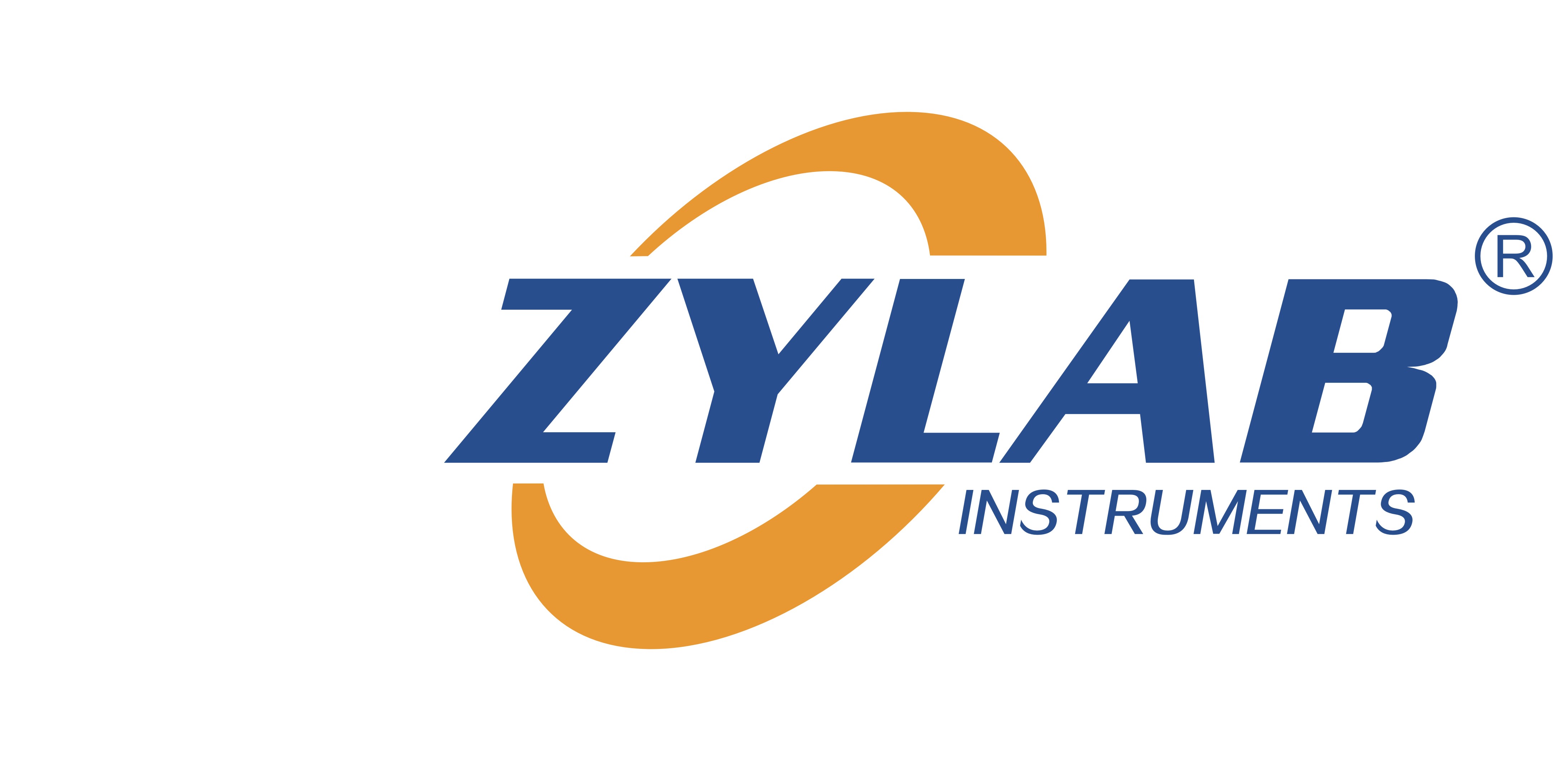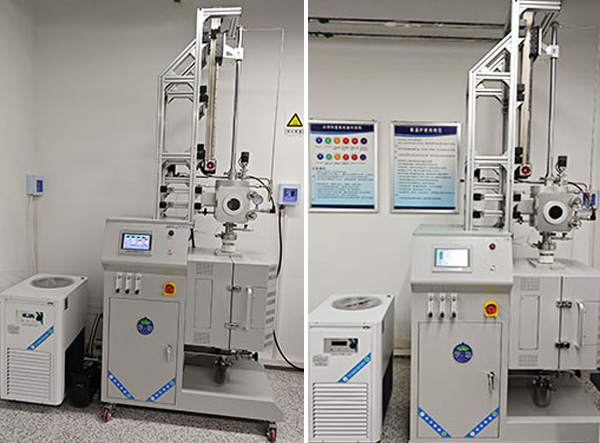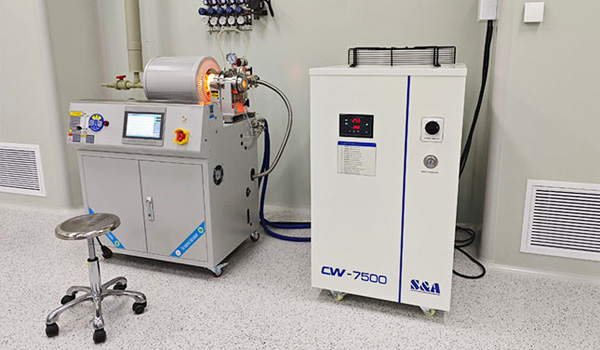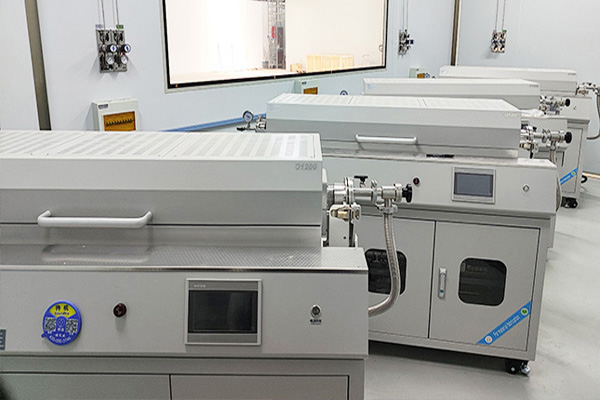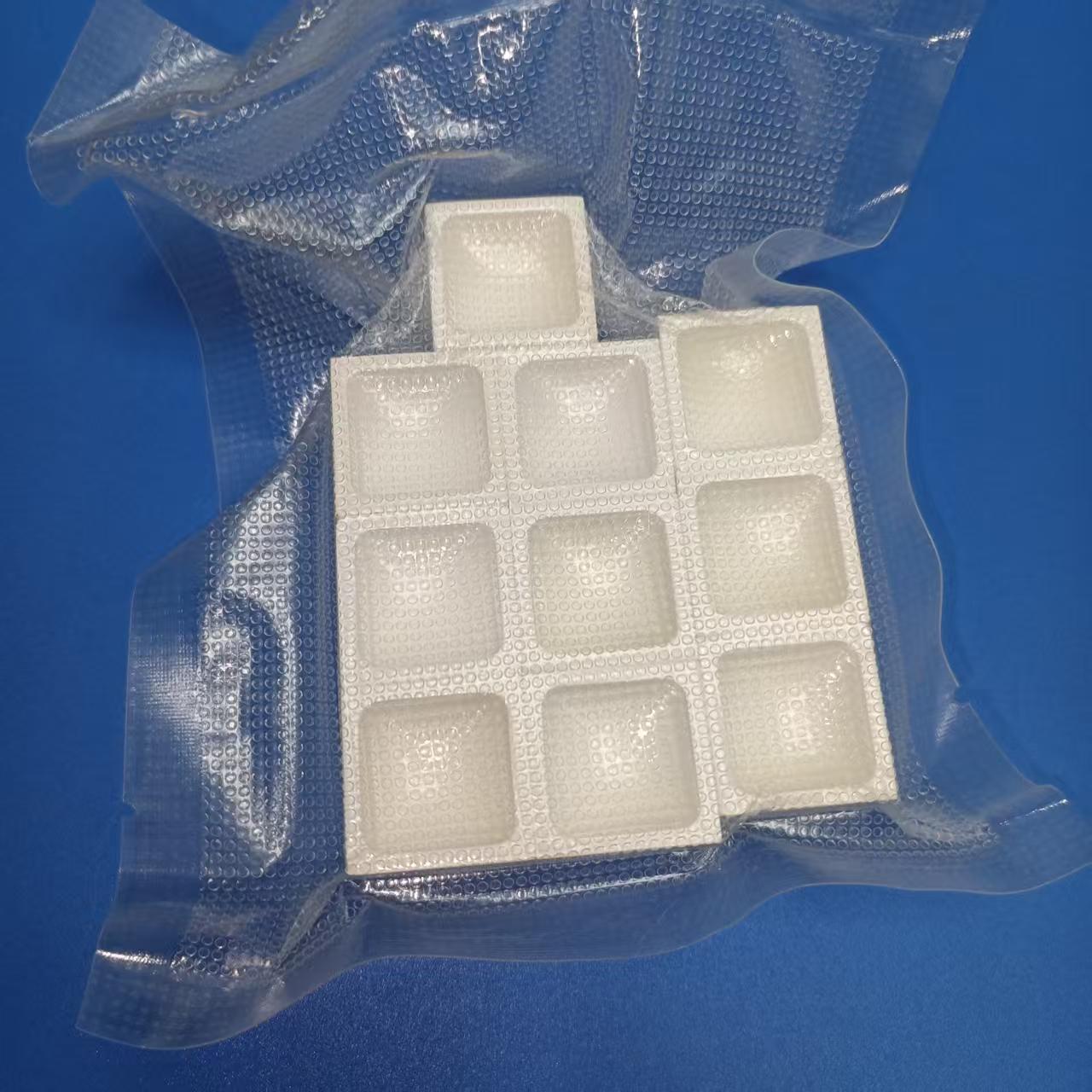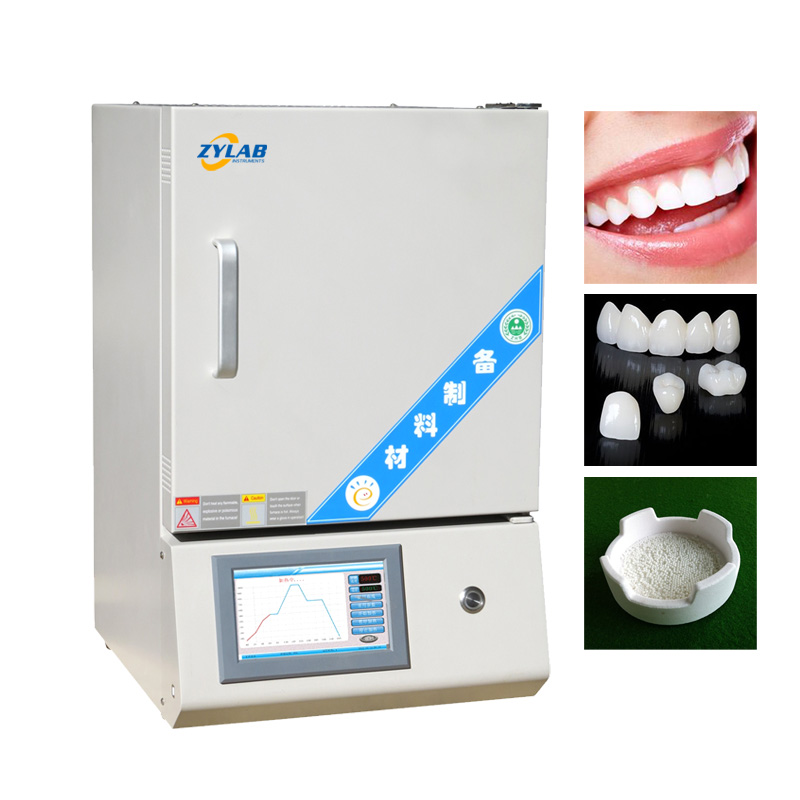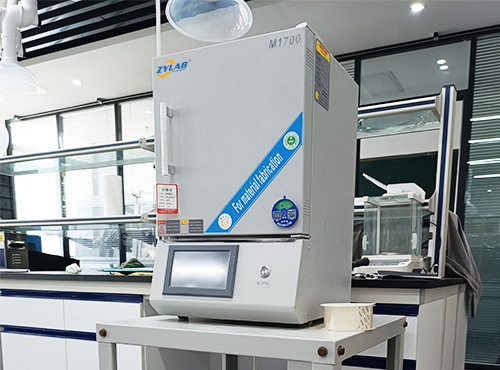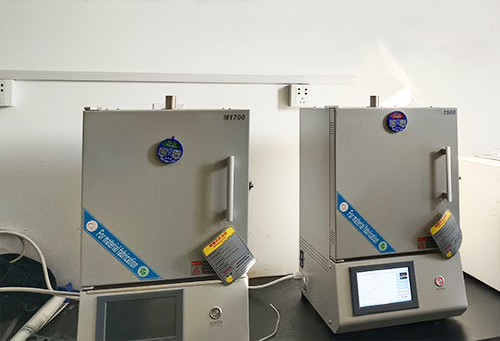Introduction
Heat treatment is a crucial process in materials science that alters the microstructure of metals and alloys to improve their mechanical and chemical properties.
By carefully controlling temperature, heating duration, and cooling methods, materials can achieve enhanced hardness, strength, and corrosion resistance.
Using ZYLAB high-temperature furnaces, researchers and engineers can optimize heat treatment processes for superior material performance.
How Heat Treatment Improves Material Properties
1. Enhancing Hardness
Hardness is a material’s ability to resist deformation, wear, and abrasion. Heat treatment processes such as quenching and tempering play a key role in improving hardness:
- Quenching: Rapid cooling from high temperatures using water, oil, or air to form a hard but brittle martensitic structure.
- Tempering: Reheating a quenched material at a lower temperature to reduce brittleness while maintaining hardness.
2. Increasing Strength
Strength is a material’s ability to withstand force without deformation or failure. Various heat treatment methods contribute to strength enhancement:
- Annealing: Heating to a specific temperature and slowly cooling to refine grain structure, reduce internal stress, and improve ductility.
- Solution Treatment & Aging: Used for aluminum and titanium alloys, this process dissolves alloying elements in a solid solution followed by controlled aging to increase strength.
3. Improving Corrosion Resistance
Corrosion resistance is essential for materials exposed to harsh environments. Heat treatment can enhance resistance through:
- Passivation: Heat treatment at controlled temperatures to form a protective oxide layer on stainless steel and alloys.
- Carburization & Nitriding: Surface hardening techniques that introduce carbon or nitrogen to improve wear and oxidation resistance.
Why Choose ZYLAB High-Temperature Furnaces for Heat Treatment?
ZYLAB high-temperature furnaces are designed for precise, reliable, and repeatable heat treatment experiments. Key benefits include:
- Wide Temperature Range: Up to 1700°C for diverse material applications.
- Advanced PID Temperature Control: Ensures stability and accuracy in heating cycles.
- Customizable Atmosphere Control: Ideal for oxidation-reduction reactions and protective gas environments.
- Uniform Heating Zone: Minimizes thermal gradients, ensuring consistent material properties.
Conclusion
Heat treatment is a powerful tool for improving the hardness, strength, and corrosion resistance of materials, making them suitable for various industrial applications. With ZYLAB high-temperature furnaces, researchers and manufacturers can achieve precise, repeatable, and efficient heat treatment results.
Looking for a reliable high-temperature furnace for your heat treatment experiments? Contact ZYLAB today for customized solutions!
Share this entry
You might also like
